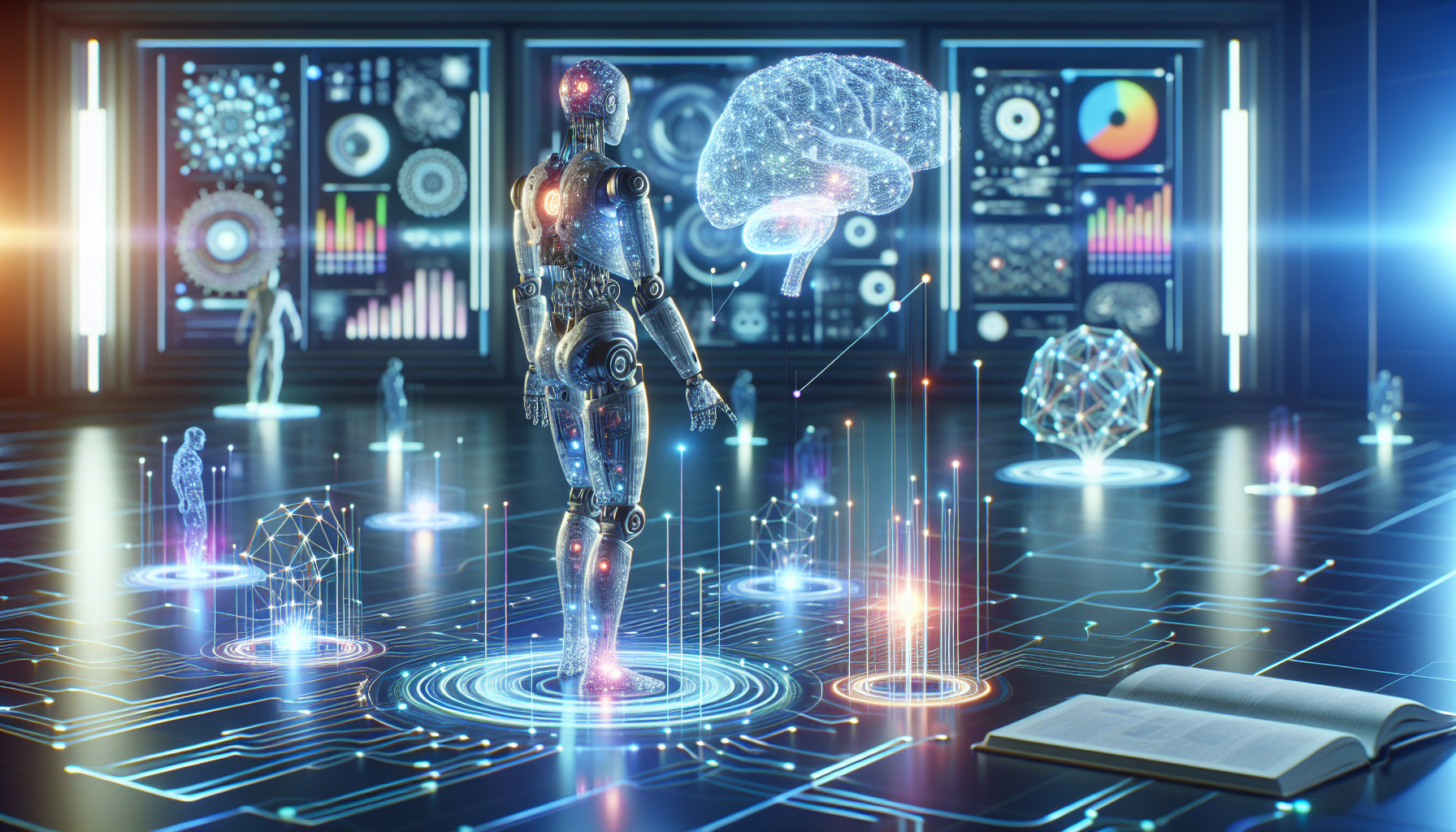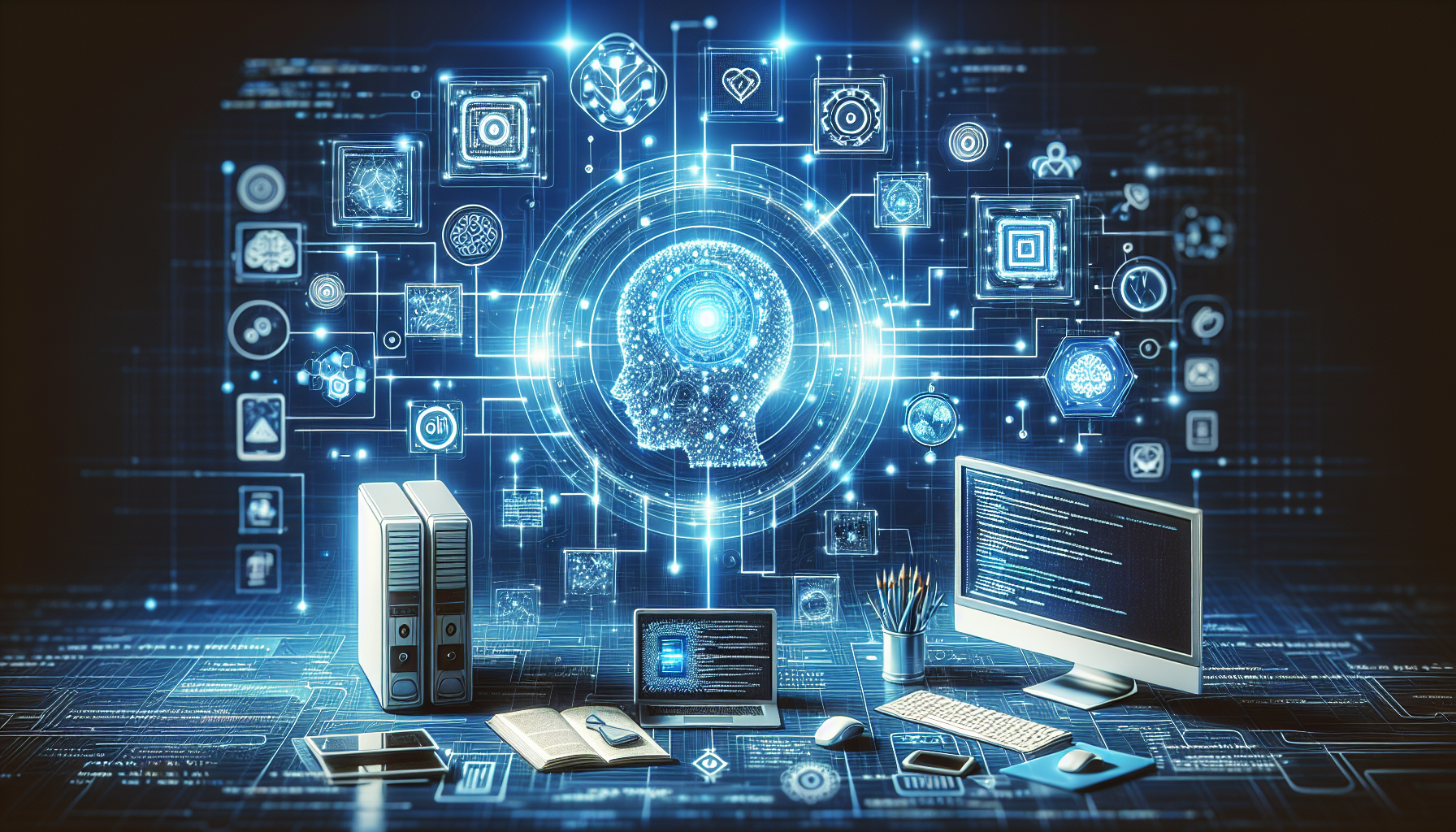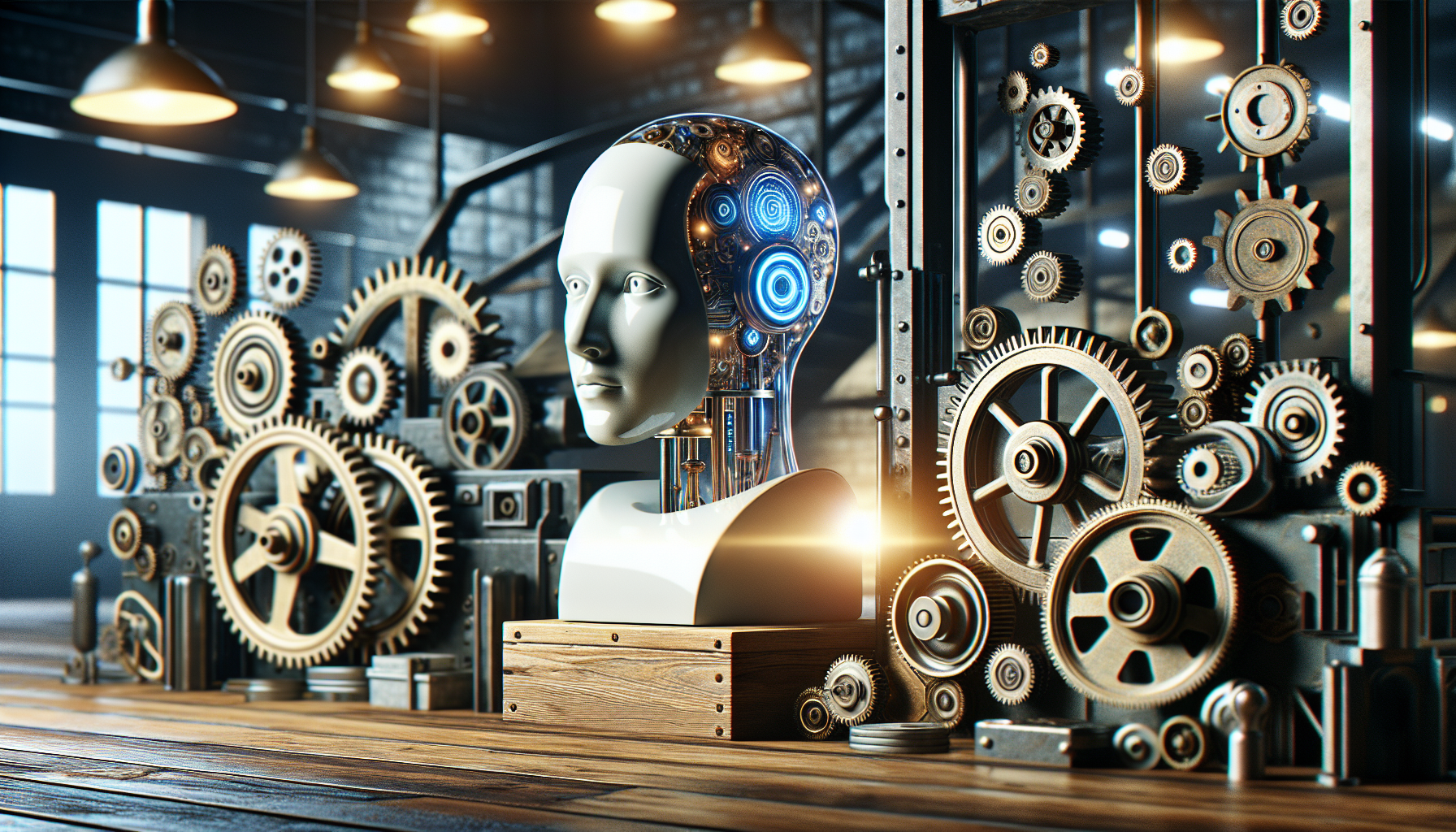
How AI Is Transforming Accessibility for People with Disabilities: A Compelling Case Study
July 7, 2025
Imagine navigating the world with visual impairment; each day presents a new set of challenges, from crossing a busy street to reading a menu at a restaurant. For millions, these challenges are part of everyday life, but recent advancements in artificial intelligence (AI) are turning these obstacles into opportunities. One remarkable case illustrates how AI is revolutionizing accessibility for people with disabilities, providing not only solutions but also a sense of independence and empowerment.
Meet Aira, a groundbreaking service that leverages AI technology to enhance the lives of visually impaired individuals. Aira combines the power of AI with human assistance, offering real-time access to information that was once out of reach. Users connect with trained agents through their smartphones or smart glasses, who can see through the device's camera and provide assistance with a variety of tasks. The AI component analyzes visual data and offers immediate insights, streamlining the interaction between user and agent.
Consider the story of Lisa, a visually impaired professional in a bustling metropolis. Lisa's daily commute used to be a daunting endeavor fraught with uncertainty. But with Aira, she navigates public transportation with newfound confidence. The AI system alerts her to upcoming bus stops and potential hazards, while the agent provides additional context, ensuring Lisa reaches her destination safely and efficiently. This blend of AI and human support has transformed her experience, making the cityscape less of an obstacle course and more of a playground.
The impact of AI on accessibility, however, extends beyond urban mobility. In educational settings, AI-driven tools are leveling the playing field for students with disabilities. Take the example of a university employing AI software that converts written content into audio, enabling students with dyslexia to engage with course material more effectively. This technology not only enhances comprehension but also cultivates an inclusive learning environment where every student can thrive.
Moreover, AI's contribution to accessibility is not limited to assisting the visually or cognitively impaired; it also offers transformative solutions for those with hearing disabilities. Speech-to-text applications, powered by sophisticated AI algorithms, provide real-time transcription services that revolutionize communication for the hearing-impaired community. In professional meetings or social gatherings, these applications allow for seamless interaction, ensuring that no voice goes unheard.
The integration of AI in accessibility tools is not just about convenience; it is about empowerment. By enabling individuals to perform tasks independently, AI fosters a sense of agency and confidence. For instance, AI-powered personal assistants can help users with disabilities manage daily schedules, set reminders, and control smart home devices—tasks that might otherwise require assistance.
Despite these promising advancements, the journey toward universal accessibility is ongoing, and challenges remain. Concerns about data privacy and the ethical use of AI technology must be addressed to ensure that these innovations serve the best interests of their users. Moreover, the cost of cutting-edge technology can be prohibitive, highlighting the need for policies that promote equitable access.
The role of AI in enhancing accessibility is a testament to the technology's potential to drive societal change. It challenges us to rethink our approach to inclusivity and consider the possibilities when technology is harnessed for humanitarian purposes. How will future innovations continue to dismantle barriers and redefine what is possible for people with disabilities?
In this era of rapid technological advancement, AI stands at the forefront of a movement that is reshaping accessibility. By focusing on human-centric applications, developers and policymakers alike have the opportunity to craft a future where disability becomes less of a limitation and more of a unique perspective. As we continue to explore the intersection of AI and accessibility, we must ask ourselves: How can we ensure that these breakthroughs benefit all, and what role will each of us play in this transformative journey?


